How to get 5 inspirational sounds from your delay pedal
Our pedalboard primer demystifies delay and will help you take your first steps toward transforming your guitar tone and songwriting with atmosphere, rhythm and space
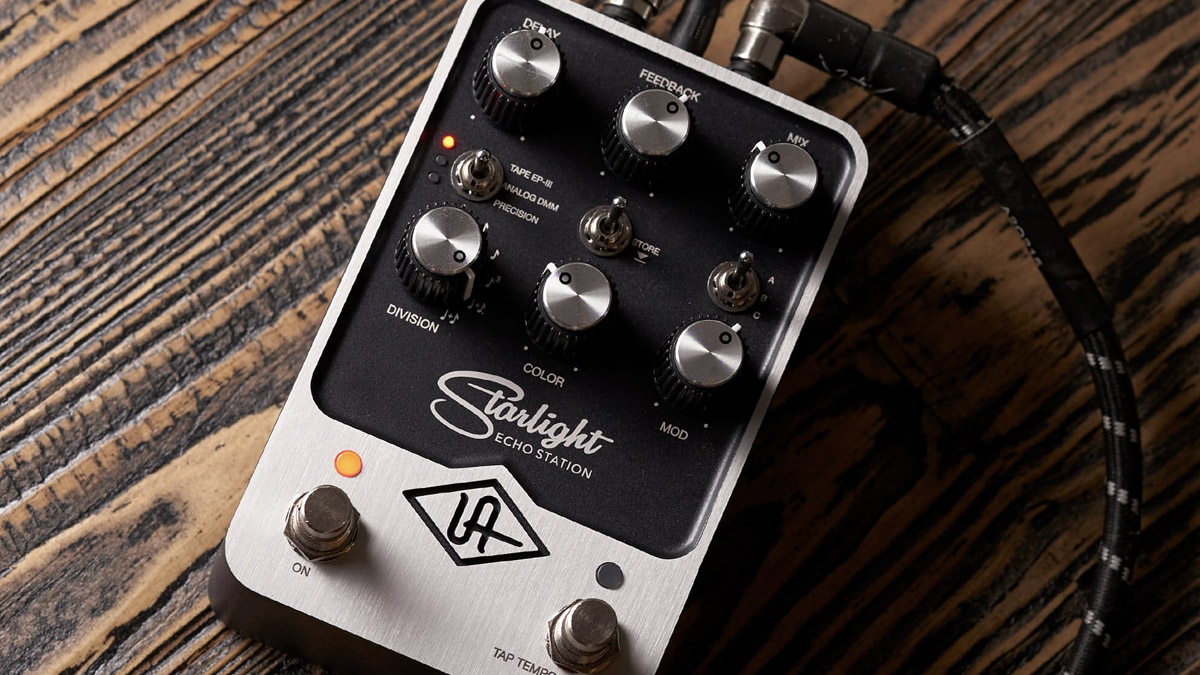
Defined as the distinct repetition of sound, dedicated delay effects were first seen in recording studios in the 1950s in the shape of cumbersome tape-echo units that used reels of magnetic tape (just like an old audio cassette) to record and play back sound.
Solid-state technology brought delay to a more practical stompbox format in the 1970s. And, although many of the most common delays these days are digital, many replicate the natural warmth and grain of much-loved early tape echoes and analogue pedals.
Here, we’re looking at five ways to use your delay effect, from epic atmospherics and post-rock ambience to synth-like swells and timed rhythmic parts.
On the subject of timed delays, you’ll need solid rhythm skills, of course, but also an understanding of how delay time (usually expressed in milliseconds) relates to musical tempo (expressed as beats per minute). Read on, as we cover what you need to know.
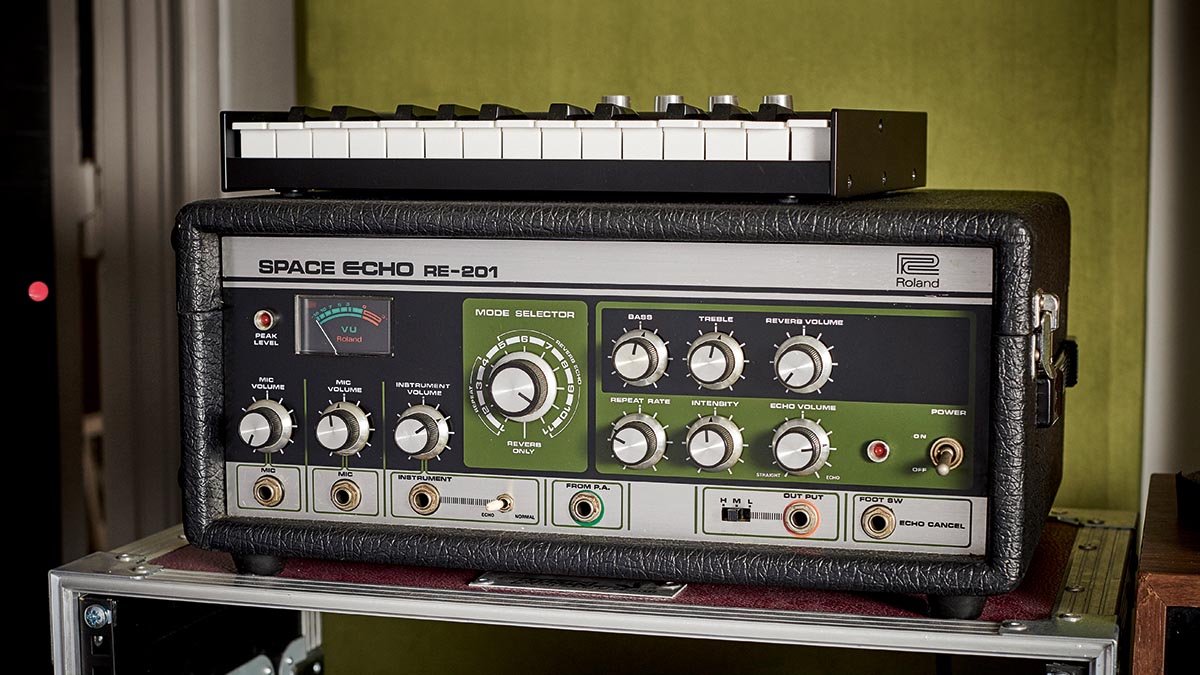
Delay Essentials: Jargon Buster
Pedal terminology
Feedback: Feedback refers to the number of times your signal repeats. Depending on your pedal, it can vary from one repeat to infinite echoes.
Time (aka rate): Every pedal allows you to control how fast the echoes come. Some pedals display measurements in milliseconds. Others require you to use your ear.
Tap tempo: This manually syncs the time of your delay to the song you’re playing. In most cases you’ll simply stomp on a footswitch in time with the music.
Mix (aka effect level): This knob controls how loud your guitar’s repeats are compared to the input signal.
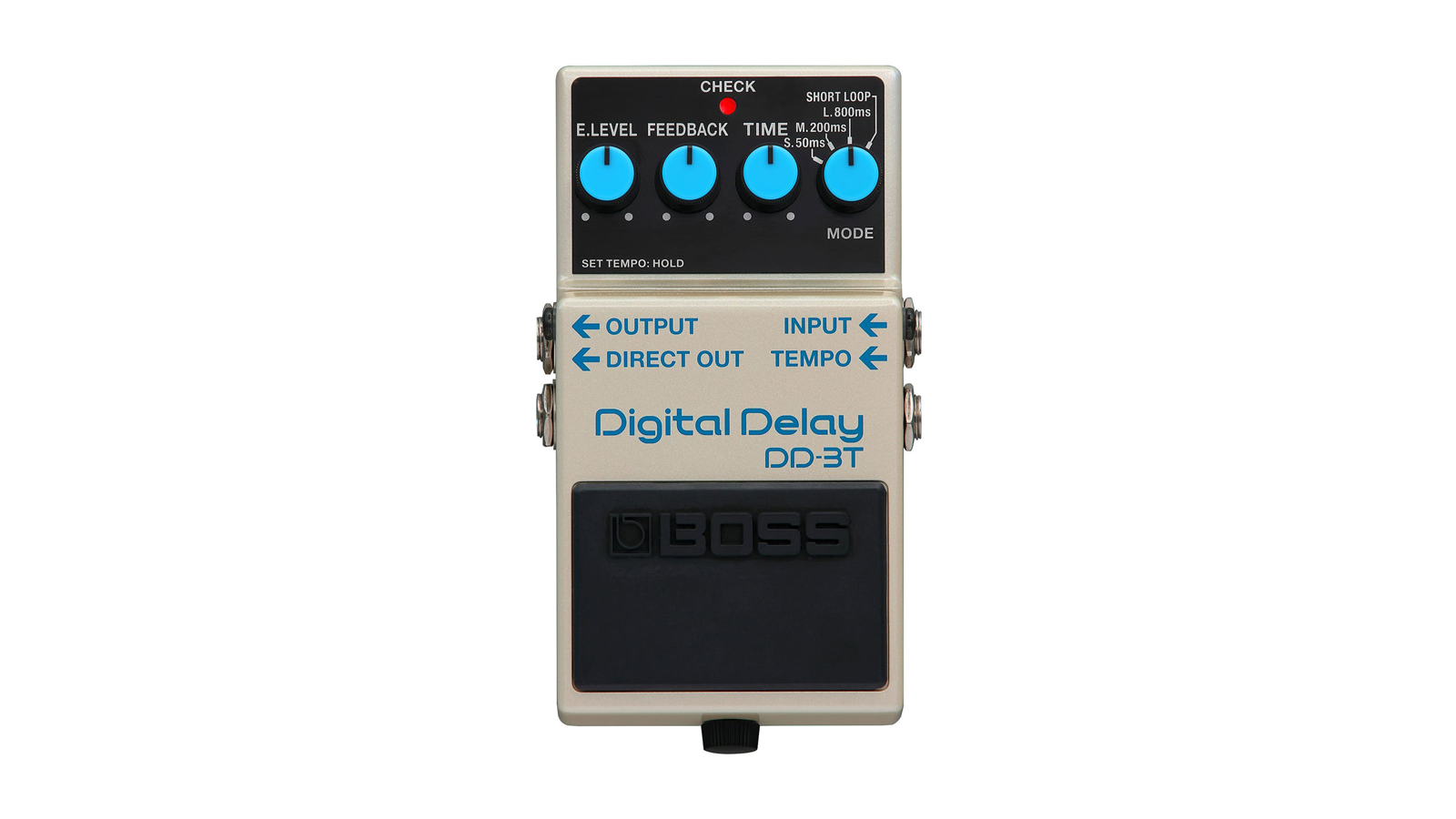
Analogue delay: Analogue delay pedals use a so-called Bucket Brigade chip –a capacitor array that gives them a distinctively dark sound that’s increasingly lo-fi as you apply longer delay settings.
Digital delay: Digital delays are generally more pristine in timbre than the analogue kind. Depending on who you ask, you might hear them described as brighter, or even clinical. Some pedals, like the Boss DD-3, deliver a distinctive tone of their own that sits somewhere between clinical and the darker, grungier tone of an analogue delay. Fully featured digital units emulating classic delays are commonplace.
Timed delay: A quick look at delay time (in ms) at different musical tempos (bpm) will give you an idea of how they relate to a song’s speed and rhythm:
120bpm: 500ms (quarter note) 250ms (eighth note) 125ms (16th note)
90bpm: 667ms (quarter note) 333ms (eighth note) 222ms (16th note)
60bpm: 1000ms (quarter note) 500ms (eighth note) 250ms (16th note)
Dotted eighth-note delay: You need to understand a nugget of music theory to employ the classic dotted eighth-note delay. A standard quarter-note rhythm is counted ‘1 2 3 4’. Eighth notes are twice the speed, and you’d count ‘1 & 2 & 3 & 4 &’ to keep time.
A dotted eighth is equal to 1.5 eighth notes. So, if you set a delay to a dotted eighth the repeats fall halfway between the eighth notes you play, giving a cascading run of evenly timed 16th notes.
Example 1. Timed repeats

Our first example is inspired by The Adults Are Talking by The Strokes, and, like the New York quintet, we’re using delay to add timed, rhythmic repeats in the gaps. That means we need to match the delay time to the tempo of the track.
Our track is at 160bpm, so a delay time of 375ms ensures the repeats land on the downbeat.
Example 2. Ambient wet sound

Here we use the delay to create a spooky ambient effect in the vein of the Arctic Monkeys’ Dance Little Liar. The delay is set to an eighth-note repeat (300ms, to match our track’s 100bpm tempo) with the feedback set to two repeats. We’ve kept the effect level high (70%) for that ambient ‘wet’ sound.
Example 3. Dotted eighth-note delay

This rhythmic effect appears in Buckethead’s Big Sur Moon and Dream Theater’s Lifting Shadows Off A Dream. These riffs are played as an even run of eighth notes, but the repeats are set to dotted eighth notes, so the echoes are heard in between the played notes.
Our example is at 120bpm and the delay time is 375ms. The effect level is identical to the dry guitar sound.
Example 4. Gradual fade outs
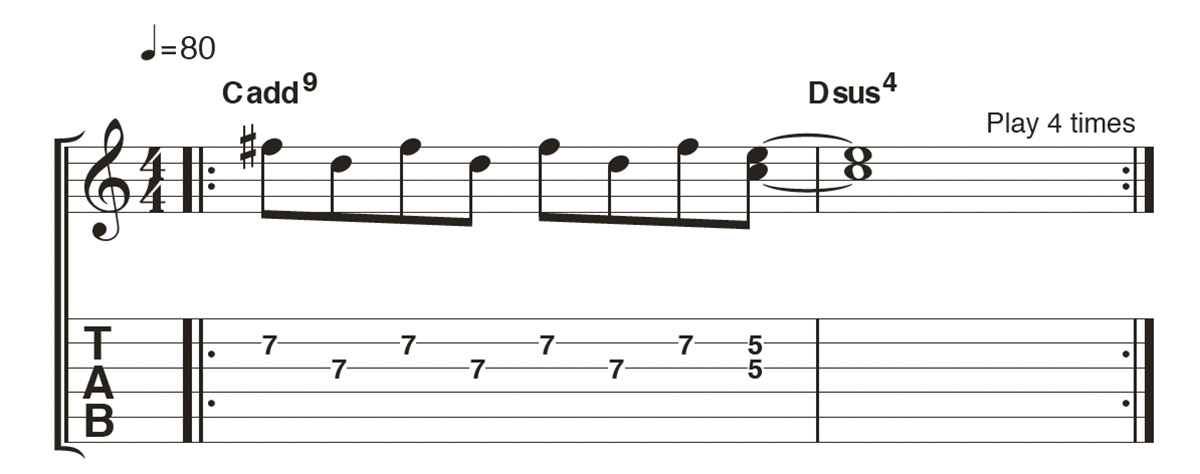
Devin Townsend uses long delays for ambience and weight in songs like Greetings and Truth. In our example, the delay is set to a quarter-note triplet repeat, (500ms at 80bpm). Set a long feedback to allow the notes to gradually fade away.
Example 5. Dual-delayed synth pad effect
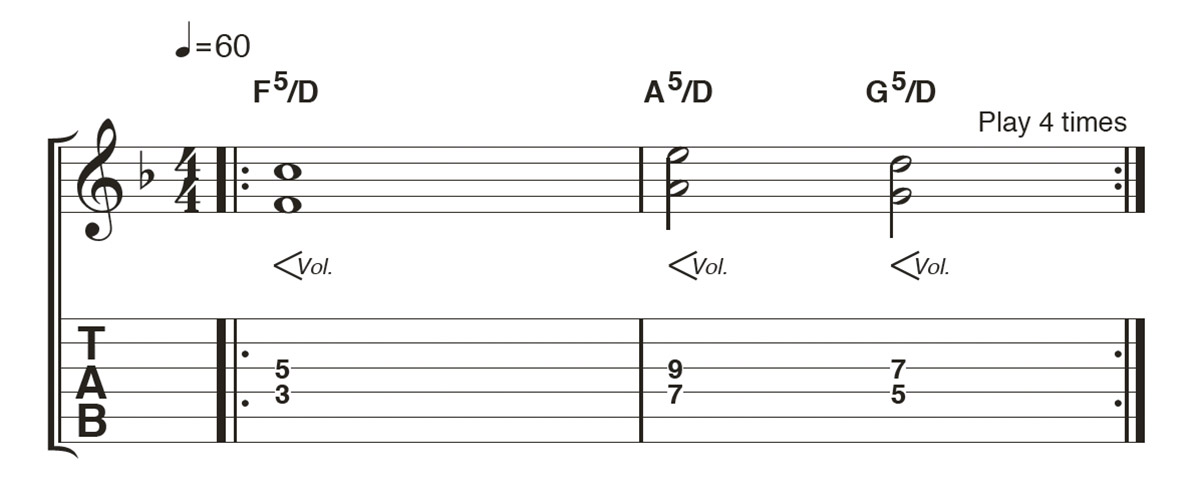
In this Tool-inspired part there are two separate delays which combine to create a smooth synth-pad-like effect.
One delay is set to an eighth note (500ms) and the other is a quarter-note delay (1000ms), both with the feedback set as high as possible.
Get The Pick Newsletter
All the latest guitar news, interviews, lessons, reviews, deals and more, direct to your inbox!
Total Guitar is one of Europe's biggest guitar magazines. With lessons to suit players of all levels, TG's world-class tuition is friendly, accessible and jargon-free, whether you want to brush up on your technique or improve your music theory knowledge. We also talk to the biggest names in the world of guitar – from interviews with all-time greats like Brian May and Eddie Van Halen to our behind the scenes Rig Tour features, we get you up close with the guitarists that matter to you.








![Joe Bonamassa [left] wears a deep blue suit and polka-dotted shirt and plays his green refin Strat; the late Irish blues legend Rory Gallagher [right] screams and inflicts some punishment on his heavily worn number one Stratocaster.](https://cdn.mos.cms.futurecdn.net/cw28h7UBcTVfTLs7p7eiLe.jpg)


